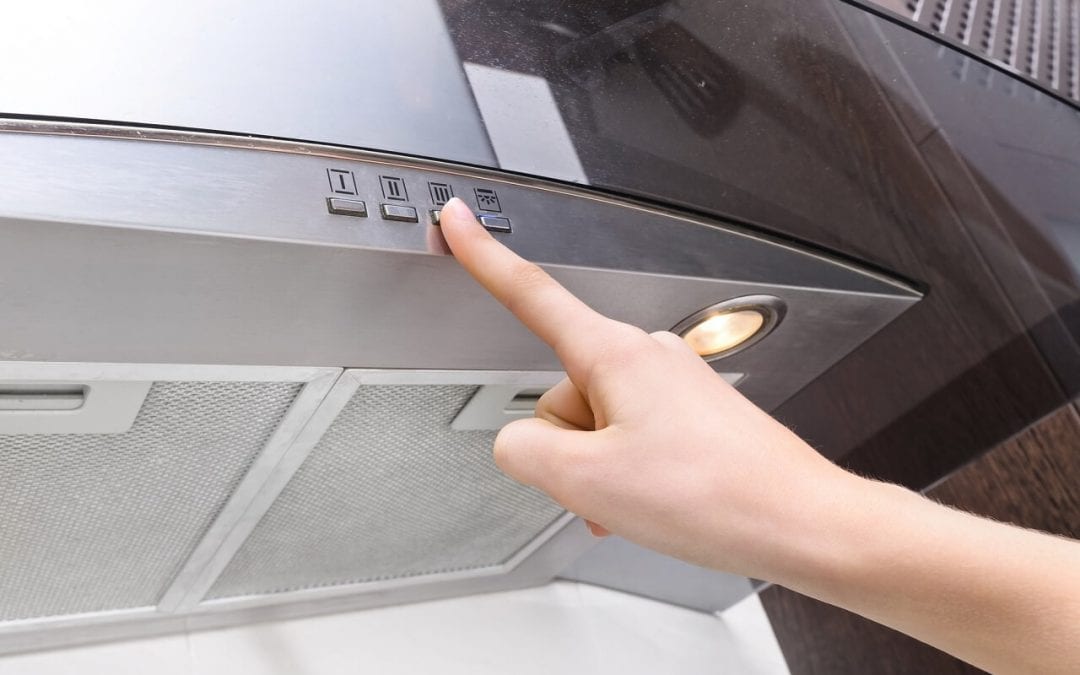High humidity is uncomfortable and can lead to mold growth and property damage. The ideal indoor humidity range is between 30-50%. When there is more moisture in the air, you will feel hotter and may notice condensation on countertops or windows. Here are a few ways to reduce humidity indoors.
Use the Air Conditioner
An air conditioning system helps reduce humidity because it introduces cooler air and eliminates moisture. Help the system run more efficiently by changing the filters frequently and having the AC unit inspected and serviced annually.
Invest in a Dehumidifier to Reduce Humidity Indoors
Using a dehumidifier is one of the simplest solutions to reduce indoor humidity. As the name suggests, the dehumidifier pulls moisture from the air. The moisture condenses into a reservoir that will need to be emptied frequently. Dehumidifiers are sold based on the square footage they can effectively treat.
Ventilate Your House
Some day-to-day activities increase humidity levels, but ventilation helps the moisture evaporate from your home. Open windows in high-moisture areas. When you are cooking or showering, use the room’s ventilation fans to pull humid air out of the space.
Fix Leaking Pipes to Reduce Humidity Indoors
Water does not help the situation when you need to reduce humidity levels. Unfortunately, leaking pipes and faucets will contribute to higher humidity. Fix leaking pipes and dripping faucets. Pay attention to signs of leaks and plumbing problems. Warning signs for leaking pipes include higher than expected water bills and stains on the ceilings or drywall.
Monitor Your Houseplants
Indoor plants can increase humidity levels in your home as water evaporates from the soil. Learn about water requirements for each of your plants and only water them as needed. If you struggle with high humidity levels, move indoor plants outside when the weather is nice.
Reduce Humidity Indoors: Dry Clothes Outside
Especially in the summer, damp clothing makes your home more humid. As the clothes dry, water evaporates into the air. If you use indoor drying racks, move them outdoors to combat humidity. Hang wet towels, swimwear, and clothing outside to dry.
Take Shorter Showers
A hot shower will contribute to higher humidity levels. Reduce the amount of time you spend in the shower and lower the water temperatures. Installing a low-flow showerhead is another way to reduce water use and help lower humidity.
These methods to reduce indoor humidity are inexpensive easy to accomplish. Regulate your daily activities that increase moisture in the air and focus on good airflow and ventilation.
North Point Home Inspections provides inspection services to Atlanta and the surrounding areas. Contact us to schedule an appointment.

